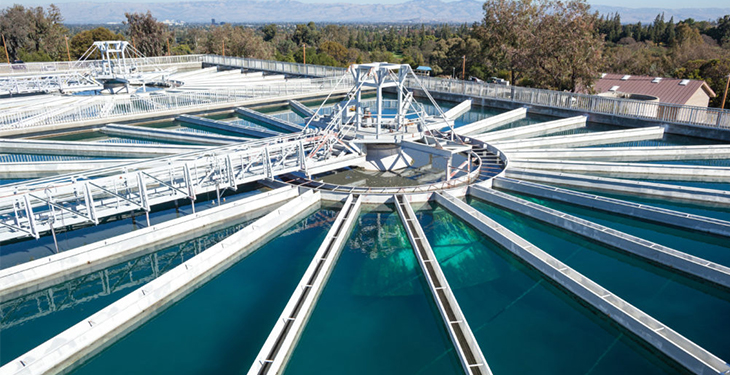Dive into the mechanics of reverse osmosis (RO) systems: how they work at a molecular level, the role of the semipermeable membrane, and how they selectively remove impurities from water. Discuss the types of contaminants that RO systems target and the advantages of using this technology over other filtration methods.
Challenges in Reverse Osmosis: Common Membrane Fouling and How to Prevent It
Explore the causes of membrane fouling, such as scaling, biofouling, and organic fouling. Discuss how different chemicals and cleaning agents can be used to prevent or mitigate fouling and maintain system efficiency. Include insights on how fouling impacts system performance and maintenance costs.
Optimizing Reverse Osmosis System Efficiency: Best Practices for Water Quality and Flow Rate
Explain the factors that affect the efficiency of reverse osmosis systems, including water temperature, pressure, and TDS (Total Dissolved Solids) levels. Provide best practices for optimizing water quality and flow rates to ensure the system operates at peak performance.

Chemicals in Reverse Osmosis Systems: The Role of Antiscalants and Cleaning Agents
Provide a detailed overview of the various chemicals used in RO systems, such as antiscalants, acid cleaners, and disinfectants. Discuss how these chemicals help in maintaining membrane integrity, preventing scaling and fouling, and ensuring high-quality water production.
Economic and Environmental Benefits of Reverse Osmosis in Industrial Applications
Explore how reverse osmosis contributes to cost savings and sustainability in industrial settings. Discuss how RO systems reduce water consumption, improve energy efficiency, and minimize wastewater discharge, ultimately helping companies lower their operational costs while achieving environmental goals.
Troubleshooting Reverse Osmosis Systems: Identifying and Fixing Common Problems
Guide customers through the process of diagnosing common issues with reverse osmosis systems, such as low water output, poor water quality, or membrane damage. Provide practical tips on how to identify problems, troubleshoot, and when to seek professional maintenance or replacement.
The Importance of Pre-Treatment in Reverse Osmosis Systems
Discuss the critical role of pre-treatment in maximizing the lifespan and performance of RO membranes. Explore the different pre-treatment processes, such as sediment filtration, carbon filtration, and water softening, and how they protect the RO system from contaminants and reduce the need for frequent maintenance.
How Reverse Osmosis Systems Contribute to Safe Drinking Water: Health Benefits and Contaminant Removal
Highlight the health benefits of using reverse osmosis systems for drinking water. Detail how RO technology removes harmful substances like chlorine, heavy metals, nitrates, and pathogens, ensuring the production of clean, safe water for consumption.
Cost-Benefit Analysis of Reverse Osmosis Systems: Initial Investment vs. Long-Term Savings
Break down the initial cost of installing a reverse osmosis system, including equipment, installation, and maintenance. Compare these costs against the long-term savings, including reduced energy consumption, lower water bills, and fewer water treatment chemicals.
The Future of Reverse Osmosis Technology: Innovations and Trends in Water Treatment
Look at the future of reverse osmosis technology, including innovations in membrane materials, energy recovery systems, and automation. Discuss emerging trends in water treatment that could impact industries, including the integration of RO with other water treatment methods like UV or electrochemical processes
 En
En
 عربى
عربى 中文简体
中文简体

